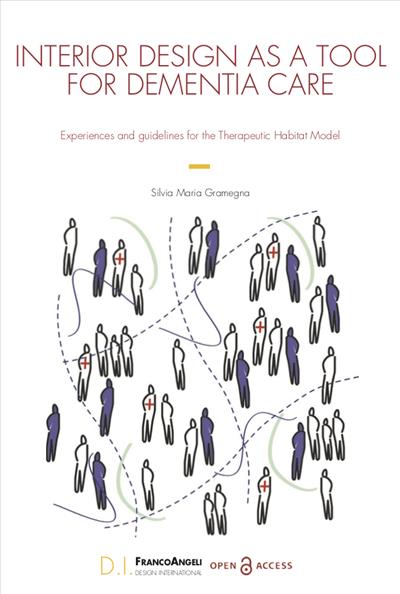
Interior design as a tool for dementia care
Experiences and guidelines for the Therapeutic Habitat Model
This book investigates the role of interior design in the enhancement of the effectiveness of Non-Pharmacological therapies for Alzheimer’s disease care. The author presents the conceptual model for an environmental system called “Therapeutic Habitat”, meant as a system of environmental interventions, based on tangible and intangible aspects, products and furniture, objects and services. Its aim is to enhance the well-being of people with dementia and stimulate recognition and interaction with the surrounding environment.
Pages: 164
ISBN: 9788835115700
Edizione:1a edizione 2021
Publisher code: 10319.8




